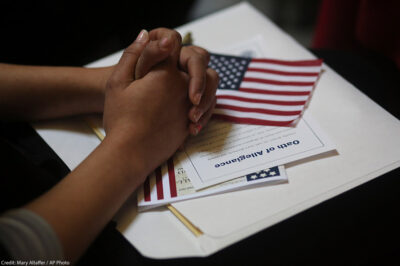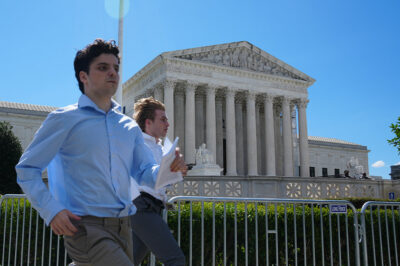African-American students are referred to special education at a rate over two times the national average and over three times the rate at which white students are referred to special education programs. They comprise 36.9 percent of the special education population, but only 16.8 percent of the entire U.S. student population.
On August 10, 2009, the ภฯฐฤรลฟชฝฑฝแน๛ and Human Rights Watch (HRW) released Impairing Education, a report that reveals the disproportionate use of corporal punishment on students with disabilities in our public schools. Corporal punishment, or the use of physical force with the intent to punish, is legal in 20 states and includes, but is not limited to, paddling, hitting, pinching, slapping, forceful grabbing, throwing, spanking, and dragging. Although corporal punishment should not be used on any student, its effect on students with disabilities can be especially damaging.
This report builds upon a prior ภฯฐฤรลฟชฝฑฝแน๛/HRW report, A Violent Education, that discussed the disproportionate use of corporal punishment on students of color. A Violent Education raised concerns about the disproportionate rates at which students of color are subjected to corporal punishment, violating their right to nondiscriminatory access to education. The disproportionate referral of students of color to special education programs may raise further concerns for racial justice advocates about the use of corporal punishment with students of color.
Corporal punishment should be banned from use on all students. It can cause serious injury and lasting psychological damage. Research shows that the practice is also largely ineffective in maintaining safe and productive learning environments. Rather, positive behavioral supports (PBS), which teach children why what they did was wrong and reward positive behaviors, have been proven to be the most effective behavioral management strategies in the classroom. The use of PBS has been shown to reduce school discipline referrals, support improved academic outcomes, and improve perceptions of school safety.
Lawmakers are beginning to recognize the critical importance of PBS programs. Recently, Representative Phil Hare (D-Ill.) introduced the , a bill that would enable schools to use Title I funds to implement evidence-based approaches, such as PBS. It is important that this law is passed to replace ineffective, punitive approaches to discipline in favor of research-based, effective PBS programs.
Until corporal punishment is banned throughout the United States, there are domestic civil rights laws that may help advocates combat the disproportionate use of corporal punishment on students of color. Using corporal punishment more often with students of color than with white students is prohibited by the 14th Amendment of the Constitution and Title VI of the Civil Rights Acts if the discrepancy has resulted from intentional discrimination.
Corporal punishment is already prohibited by 107 countries, 30 U.S. states, and international human rights law. It's time for all children in the United States to be free from this physically and psychologically harmful practice.




